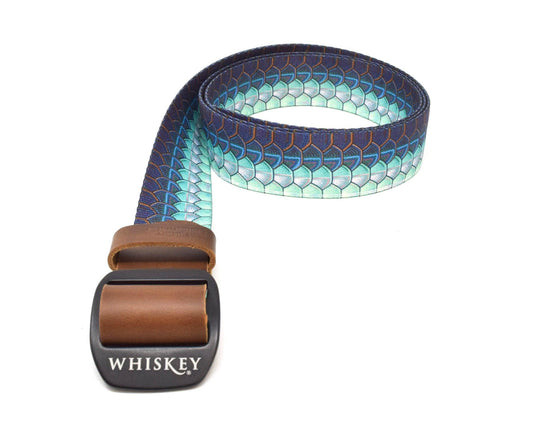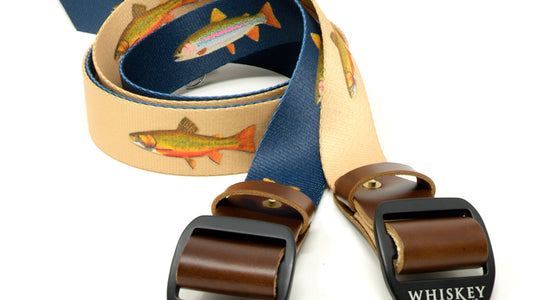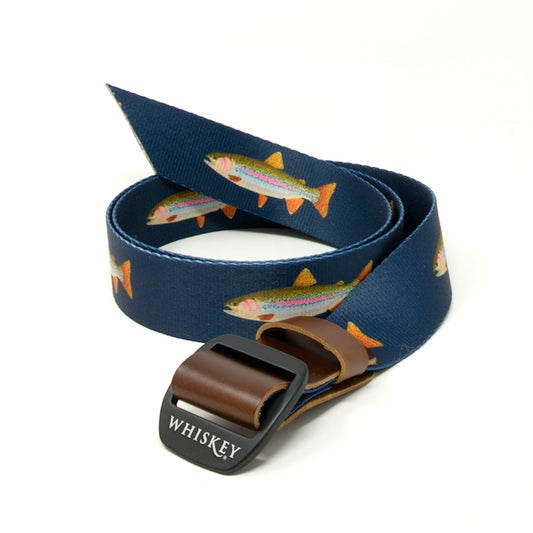Collection: Upland & Fish Print Belts
Cover Photo by Micheal Gallart. Video by Chris Chapman @chris_chapman406.
Each belt is hand made in our shop- enjoy the show!

-
Whiskey Surf & Turf Belts
Regular price $59.60 USDRegular price -
Whiskey Leatherworks x Karen Talbot Art - Surf & Turf Series
Regular price $69.00 USDRegular price -
All Heritage Belts
Regular price $159.00 USDRegular price
About
-

Grouse
Grouse, indigenous to diverse landscapes across North America, intrigue hunters with their secretive habits and unique vocalizations. Flourishing in a variety of habitats ranging from dense woodlands to expansive meadows, they present a challenging and rewarding pursuit for upland game enthusiasts. Armed with shotguns and accompanied by skilled bird dogs, hunters eagerly engage in the chase, as grouse are known for their sudden flushes and swift flight. Hunting grouse not only promises an exhilarating adventure but also fosters a deeper appreciation for the natural world and the untamed wilderness they inhabit.
-
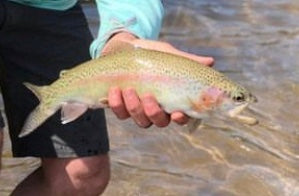
Rainbow Trout
Rainbow trout, originating from the western regions of North America, enchant anglers with their vibrant hues and spirited demeanor. Flourishing in cool, pristine waters of streams, rivers, and lakes, they are widespread across the continent due to introductions for sport fishing. Pursuing rainbow trout not only offers an exciting angling adventure but also fosters a profound appreciation for the majestic landscapes they inhabit.
-
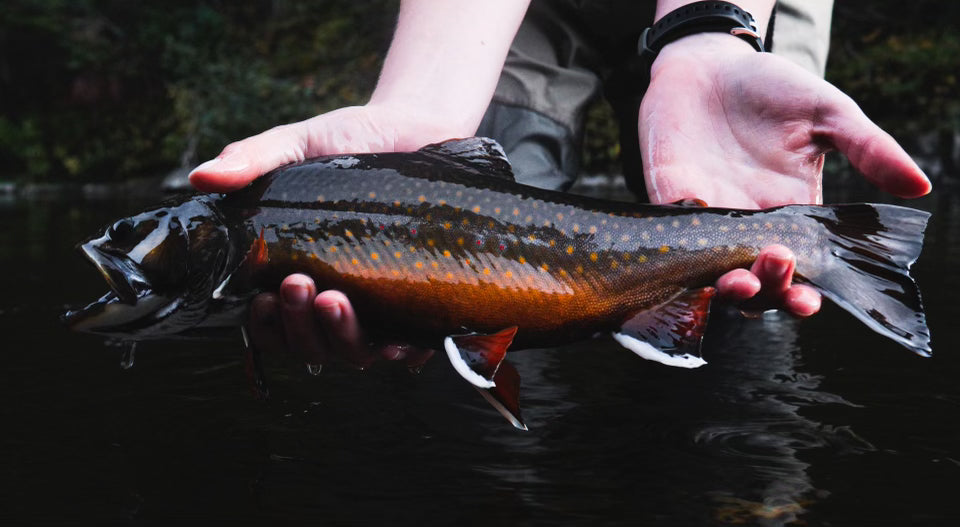
Brook Trout
Brook trout, indigenous to the eastern reaches of North America, captivate anglers with their stunning colors and serene habitats. Thriving in the cold, crystal-clear waters of streams, rivers, and lakes, they're particularly abundant in the Appalachian Mountains and northeastern United States. Anglers relish the challenge of hooking these beauties, known for their voracious appetites and spirited fights. Pursuing brook trout offers not only an exhilarating angling experience but also a deep connection to the untamed wilderness they call home.
-
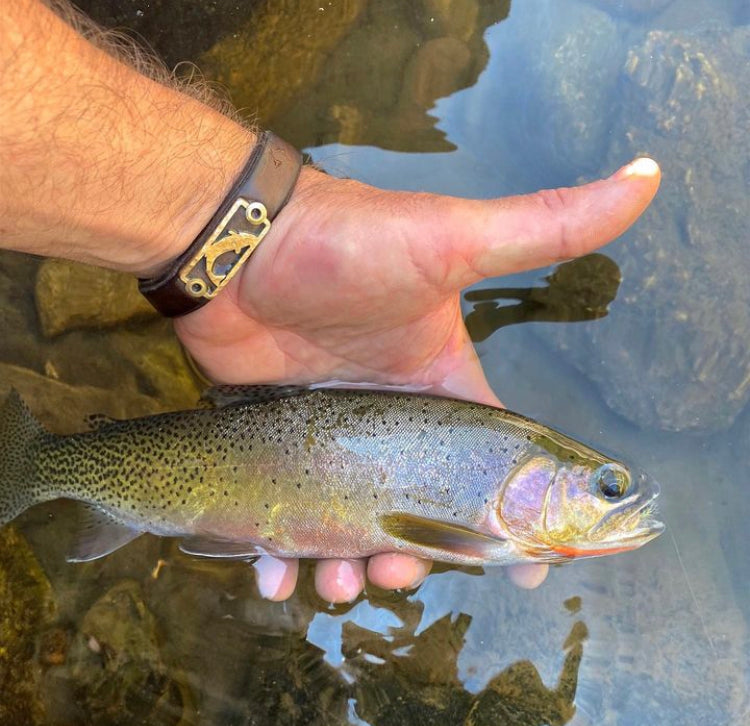
Cutthroat Trout
Cutthroat trout are iconic freshwater gamefish native to North America, known for their striking appearance and elusive nature. They inhabit cold, clear streams, rivers, and lakes across the western United States and Canada, with subspecies adapted to various habitats from high mountain streams to coastal estuaries. Named for the distinctive red slashes on their throat, cutthroat trout offer exciting angling opportunities for those fortunate to target them. They're valued not only for their sporting qualities but also for their significance in native ecosystems and as indicators of environmental health.
-
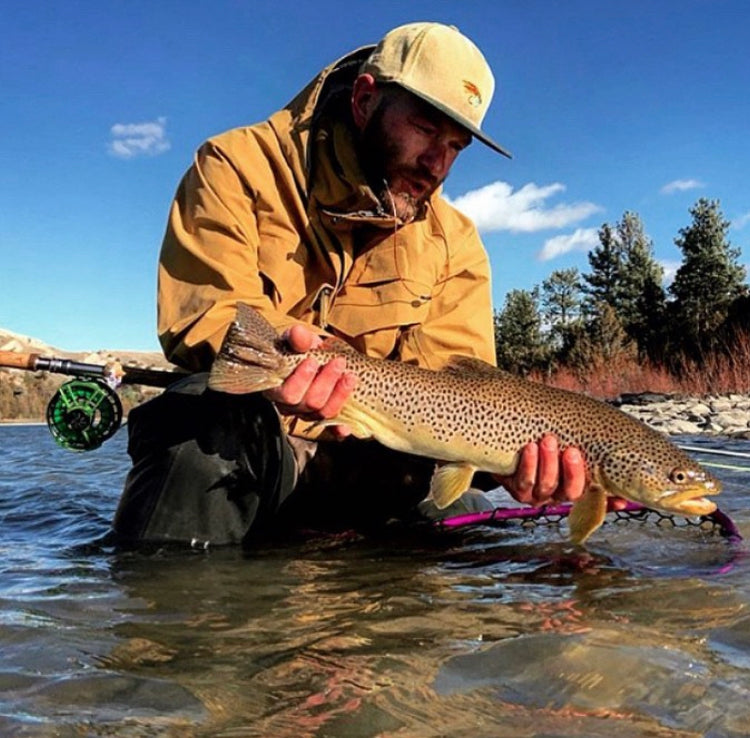
Brown Trout
Brown trout are prized freshwater gamefish native to Europe and Asia but introduced widely across North America. They thrive in cold, clear streams, rivers, and lakes, preferring well-oxygenated waters with plenty of cover such as rocks and fallen trees. Brown trout are known for their beautiful colors, including shades of brown, gold, and red, and are prized by anglers for their elusive nature and challenging behavior. They're opportunistic feeders, preying on insects, small fish, and even small mammals, making them a versatile target.
-
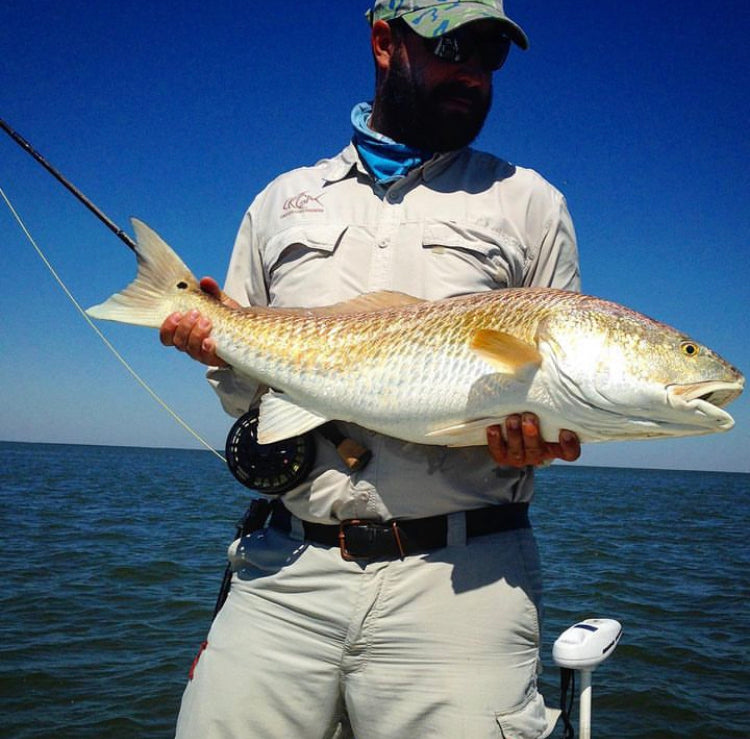
Redfish
Redfish, also known as red drum, are popular sportfish found along the Atlantic coast from Massachusetts to Florida and throughout the Gulf of Mexico. They thrive in shallow coastal waters, estuaries, and marshes, often near oyster beds or grassy flats. Redfish are prized by anglers for their fighting strength and are known for their distinctive black spot near the tail.
-

Pheasant
Pheasants, renowned for their colorful plumage and distinctive calls, are popular game birds native to Asia but widely introduced for hunting purposes across the globe. They thrive in a variety of habitats, including farmlands, grasslands, and brushy areas. In the United States, pheasant hunting is particularly popular in states like South Dakota, where expansive agricultural landscapes provide ideal habitat for these birds, drawing hunters from across the country seeking thrilling upland game experiences.
-
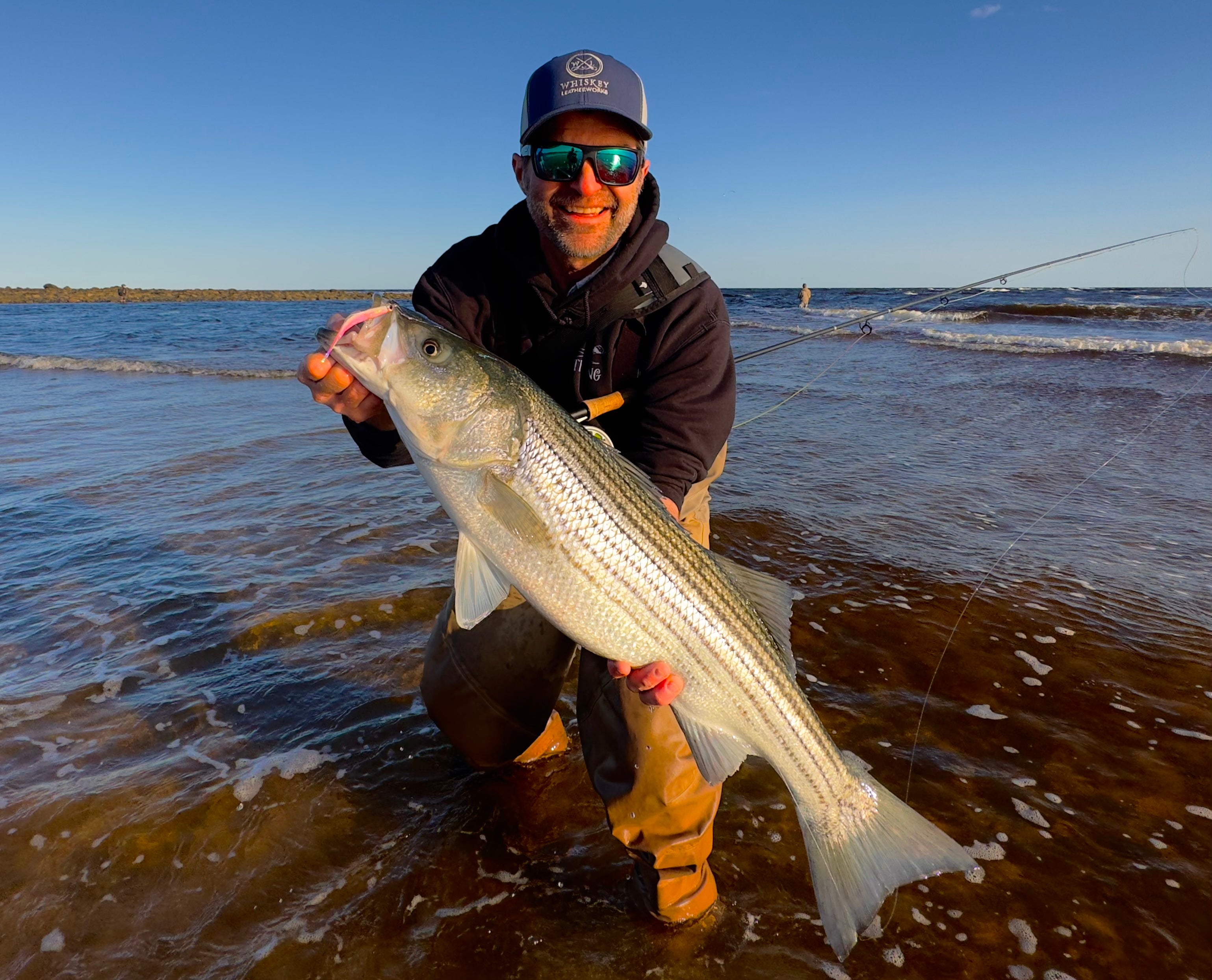
Striped Bass
Striped bass, often called "stripers," are a prized sportfish found along the Atlantic coast of North America, from the Gulf of St. Lawrence in Canada to the St. Johns River in Florida. They're also abundant in freshwater lakes and rivers, especially along the Eastern Seaboard. Stripers can live in both freshwater and saltwater environments, and they're known for their strong fighting abilities, making them a favorite among recreational fishermen.


